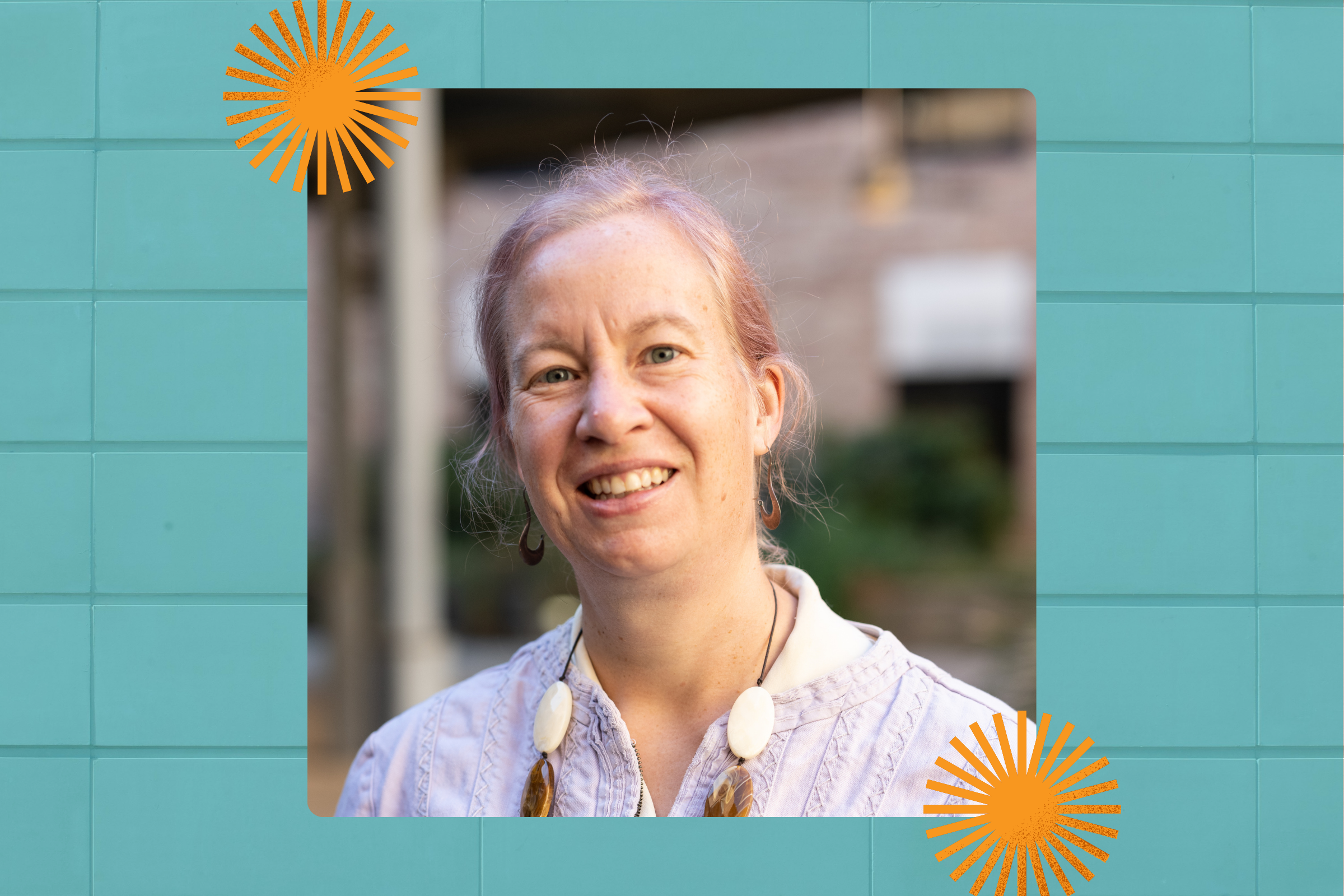In This Lab, Students Dig Into Antibiotic-Resistance Research
Meet the team behind a newly transformed experiential-learning biology course, reaching hundreds of UT students.

Students in BIO 206L take soil samples and isolate their own bacteria in the search for new antibiotic candidates. Credit: Marty Maas
As a graduate student, Michael Hyndman would drive eight hours to Big Bend National Park from Lubbock for weekends filled with soil sampling. Despite the volatile weather and early mornings, the experience stuck with Hyndman, who turned his research into a master’s thesis on microbial communities in desert ecosystems.
After earning his master’s degree, Hyndman arrived at The University of Texas at Austin as a staff member supporting introductory biology labs.

Marty Maas, Assistant Professor of Instruction
“At the time, it was a standard cookbook lab, where you had a new exercise every week that touched on essentially all of the topics in biology, from dissecting rats to studying algae and enzymes to taking readings with a pH probe,” Hyndman said.
After a few years of supporting other labs in the Biology Instructional Office, he returned to BIO 206L, an introductory biology lab taught by Marty Maas. With a team, Maas was seeking to change the lab into a more experiential and research-driven course.
Engaging students in this type of course seemed all the more important to Maas after the pandemic. After all, too many students had missed out on the kind of in-person learning experiences that ignite passion and curiosity in science students. Research has found these experiences, especially early in one’s college career, can dramatically improve persistence in STEM.

Michael Hyndman, Senior Instructional Lab Manager
“Science is ‘I don’t know the answer, and I’m going to conduct research to try to find a solution to this problem,’” Maas said. “When you’re doing known exercises with known outcomes, there’s little of that excitement or adventure.”
UT Austin is home to the largest real-world undergraduate research program for entry-level students at a single university, the Freshman Research Initiative (FRI). It offers small courses in dozens of different “research streams.” The program is popular, too: Although more than 1 out of every 3 College of Natural Sciences students participate, demand remains, with a waitlist of interested students each year.
Stacia Rodenbusch, a former FRI director and education fellow in the Biology Instructional Office, proposed the idea of redesigning BIO 206L, and worked with Maas over the summer of 2022 to create the initial plan. The following year, Maas and Hyndman collaborated to adapt the course with a curriculum called Tiny Earth, which is focused on the antibiotic resistance crisis.

Students in BIO 206L learn real-world research skills, both outdoors and in the lab, as they work to help address the antibiotic crisis.
Kristin Patterson, director of the college’s Office of STEM Education Excellence, said scaling up the curriculum to adapt it to UT’s large student body posed a unique challenge for the team. However, being part of the College of Natural Sciences offered a special advantage. The college has prioritized experiential learning not only through the Freshman Research Initiative and similar efforts but also in other course transformation efforts. A recently redesigned general chemistry course, for example, now allows some 4,000 UT students per semester to learn research methods, which are at the foundation for future research experiences, as part of their coursework.
“No other place that has done Tiny Earth has done it at the scale that Mike and Marty did, so they had to think about how to be able to offer this research experience to over 700 students per semester,” Patterson said. “They were able to and expected to do more than maybe a different university would do if they didn’t have that history of experiential learning.”
Patterson indicated it was hard work by the involved faculty and staff that truly brought the transformation to life.

Stacia Rodenbusch, Assistant Professor of Instruction
“We have a person in Stacia where experiential learning is her motivation for coming to work every day, and she provided direction and enthusiasm,” Patterson said. “The team learned from something that already existed and did something different in a lot of ways. And the expertise of both Mike and Marty was essential to making that work.”
Hyndman said he advocated for the Tiny Earth curriculum due to his experience with microbial ecology and microbiology, shaped by his research in Big Bend.
“The connection you feel to the landscape and the beauty you can find in the Hill Country or in the desert is amazing,” Hyndman said. “In a single gram of soil, there’s more life and bacteria” than you can imagine, he observed.
During the course, students are able to immerse themselves in awe-inspiring experiences of their own by visiting the Lady Bird Johnson Wildflower Center and the Brackenridge Field Laboratory to take soil samples and isolate their own bacteria. Hyndman said the curriculum allows students to connect with the course on a deeper level.
“Students have the opportunity to take ownership – to be the one taking the sample, to be the one discovering something new,” Hyndman said.
As students identify novel bacteria and conduct hands-on research through the course, the team behind the transformation is also continuing to innovate.
“We are working towards another round of adaptation that would level-up the types of research questions that students can answer through the lab and introduce essential career skills, particularly data management and analysis and science communication, into the curriculum,” Patterson said. “If you start early, you can build on those skills throughout your time at UT and then throughout your life.”
This article is second in a series of stories spotlighting important work involving staff in the College of Natural Sciences. Read the first installment here.



